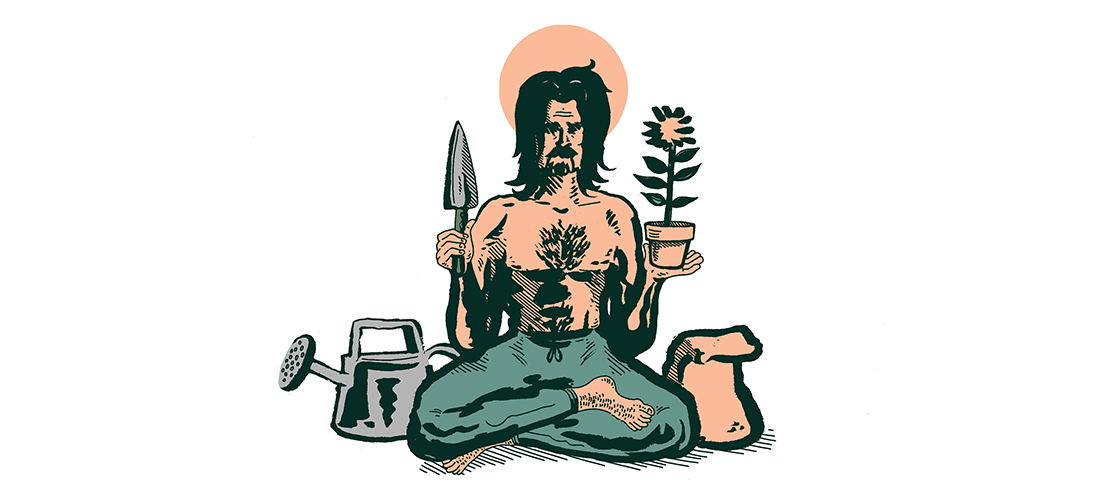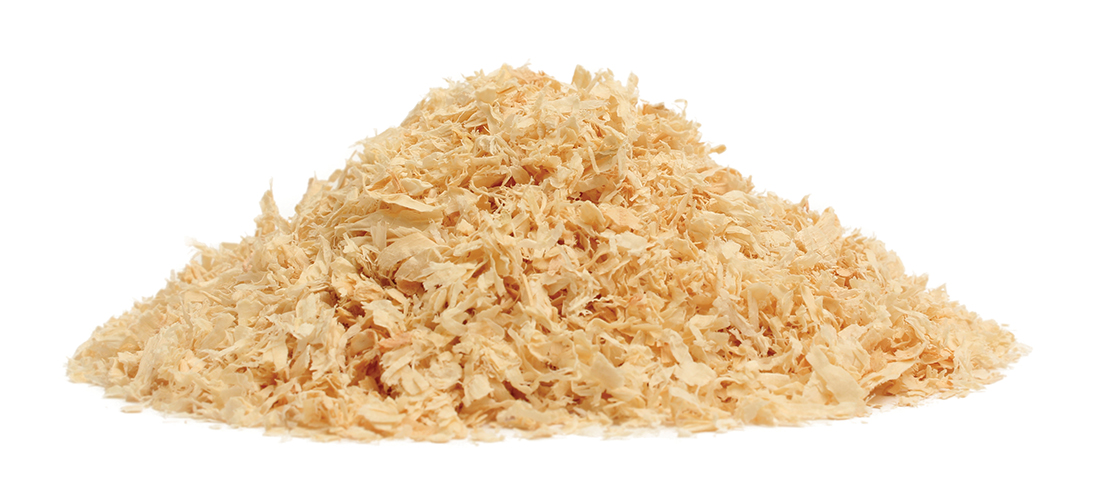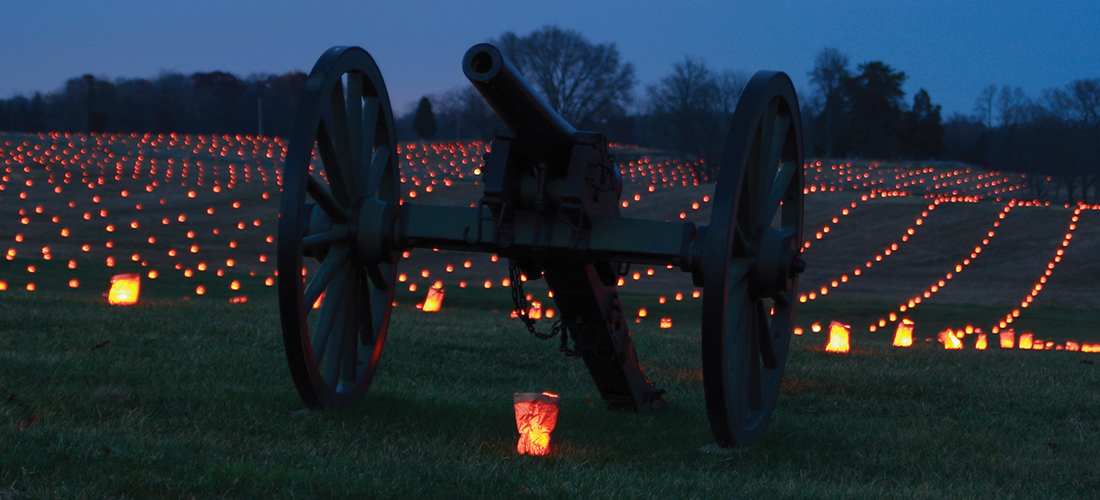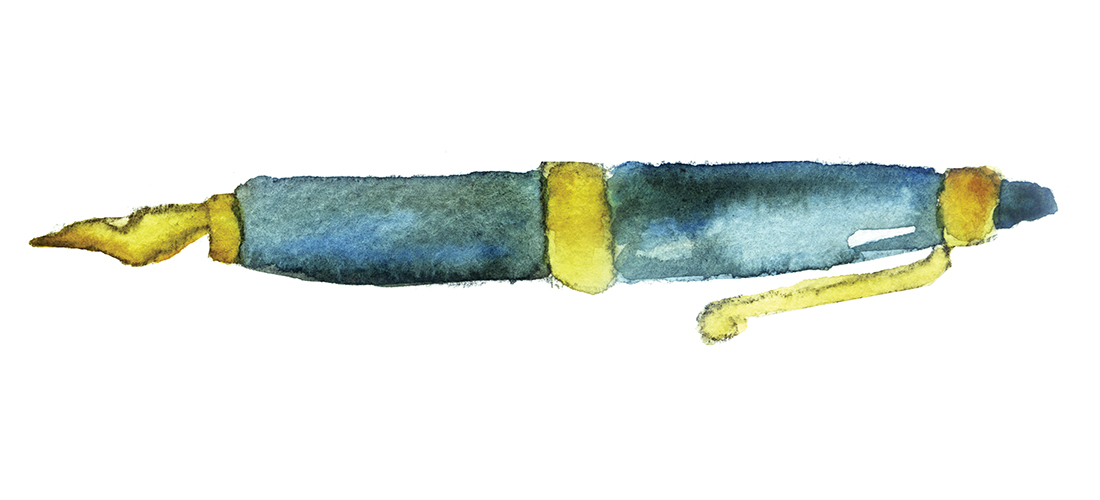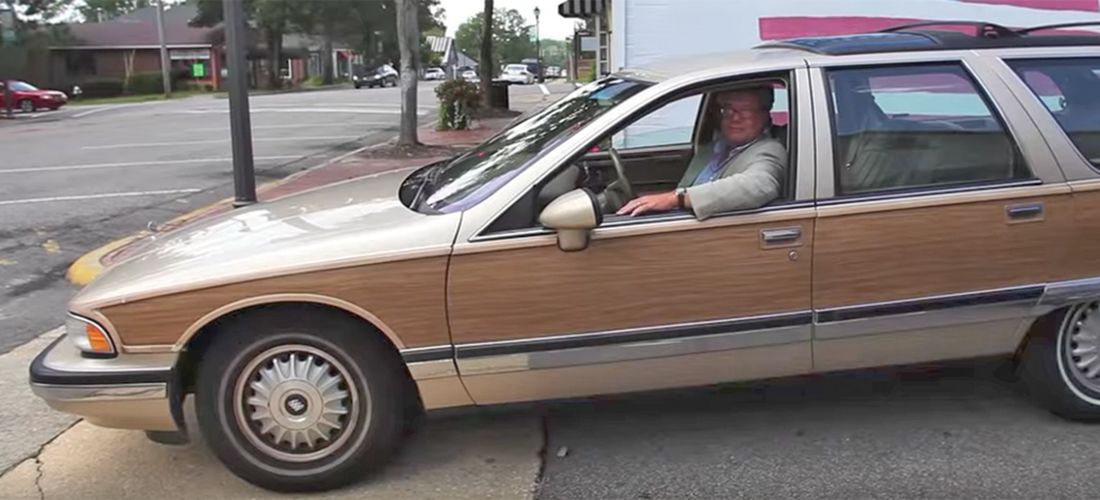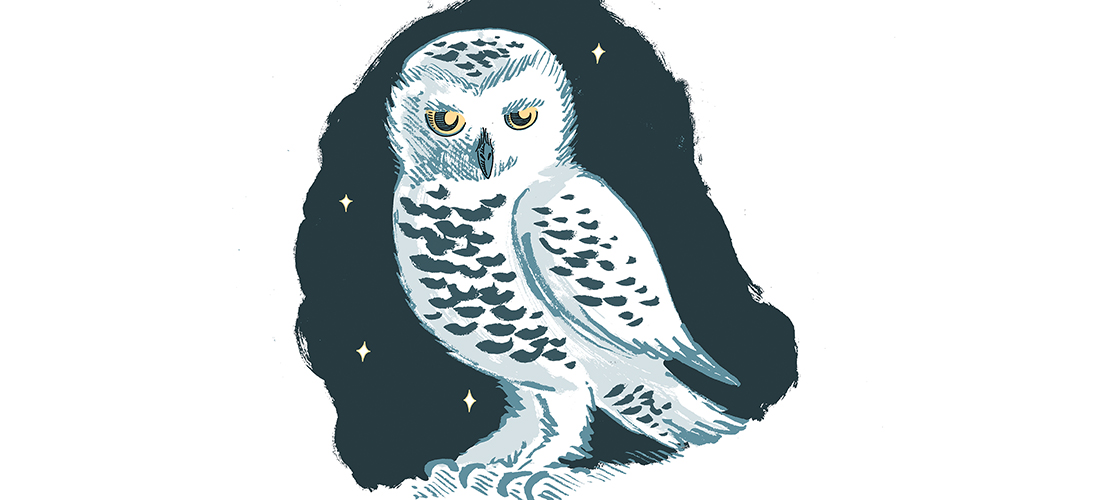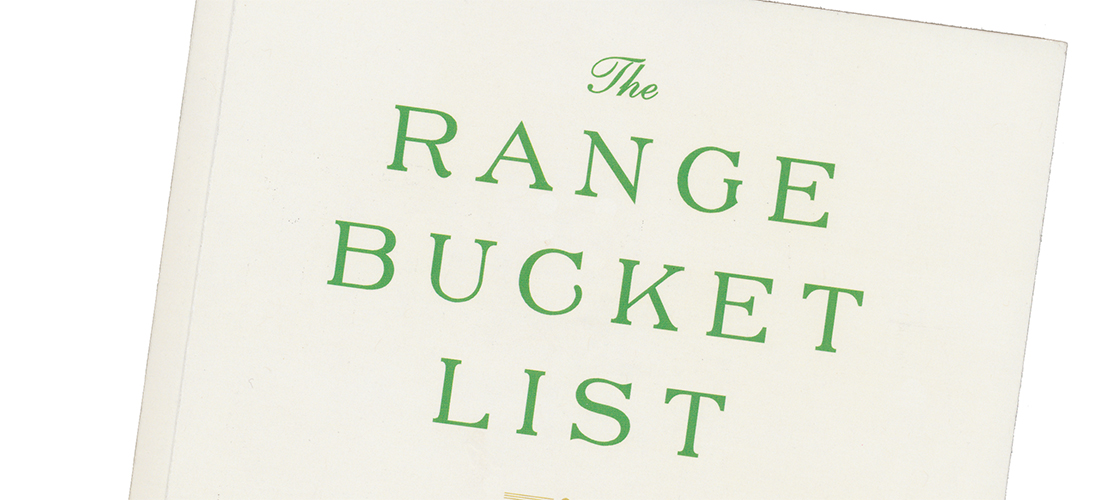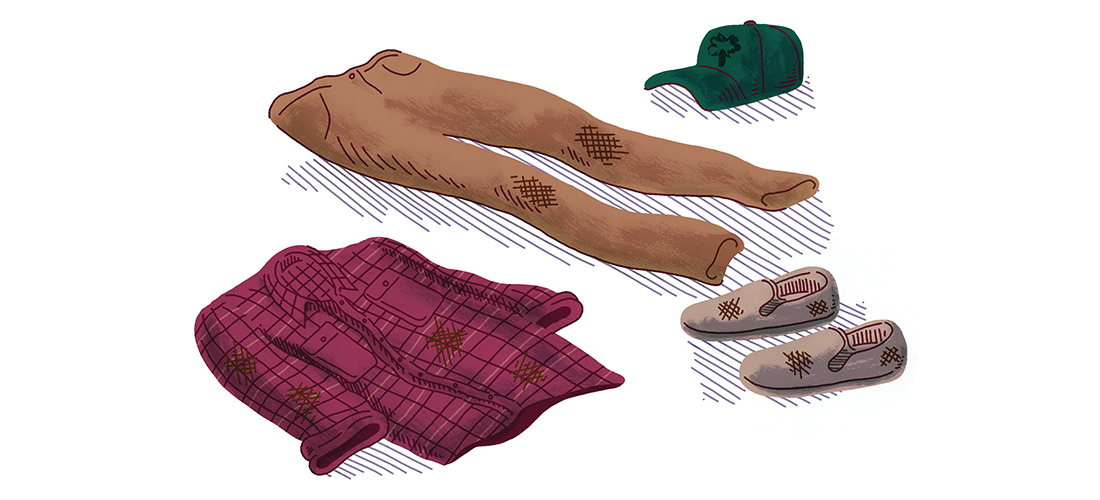Advice stinks — but only when unsolicited
By Jim Dodson
Spring is here. Garden Guru will now take your important gardening questions.
Dear Garden Guru,
I’m new to gardening this year and eager to learn all I can in a hurry. What would you suggest as a starting point? A bit worryingly, I hear hobby gardening can be kind of expensive. Is that true?
Signed,
A Frugal Beginner from Biscoe
Dear Frugal,
Like keeping a mistress or owning a vintage British sports car, gardening is not for the faint of heart or weak of wallet. The proper handcrafted English tools, the glamorous plant seminars, the costly trips abroad simply to study the Great Gardens of the World — well, it all adds up so quickly. Pretty soon you’ll be dropping the mortgage money on rare fruit trees at the garden center, hopelessly addicted to spring catalogs (a somewhat philistine friend refers to these as “porn for gardeners”) or blowing through the kids’ college fund to turn your backyard into a Southern Gardens of Versailles. GG suggests you start small to determine if your interest is genuine or just a passing fancy, maybe with an inoffensive African violet in your kitchen window?
Dear Garden Guru,
A few years ago, following a dream golf vacation to New Zealand, my hubby Ralph and I met an intriguing couple, who shared their love of golf and gardening. Ralph fell hard for the concept of “natural gardening” they practiced and, in a nutshell, has taken it up with gusto. The guiding tenet of the NG movement, as I understand it, is for proponents to become “one with nature.” In his effort to get “closer to the source,” as Ralph puts it, he has quit playing golf with his buddies, refers to himself as “The Green Man,” and has taken to gardening fully in the nude save for a ratty old golf cap he wears on rainy days. We’re both grandparents in our mid 60s and happen to reside in a classy, gated golf community where everyone is beginning to avoid us at parties. This is so embarrassing. My golf handicap is in tatters. Any suggestions?
Signed,
Worried (and still fully clothed) Wilma in Wilmington
Dear Worried Wilma,
Ralph’s unnatural attraction to the natural world simply reflects the addictive dangers of gardening. Clearly he’s gone “native” on you. Have you considered divorcing him and marrying one of his golf buddies? It could make dinner at the club so much nicer.
Dear Garden Guru,
My wife Brenda is an award-winning flower gardener. I’m a serious vegetable grower who has won numerous ribbons at our county fair. Every March we have the same argument over space allocation in the raised beds of our rather smallish condominium terrace. Her zinnias are always encroaching on my heirloom snap beans, and don’t get me started on the times she’s heartlessly flattened my tender artisan squash plants trying to prune her Sugar Moon hybrid teas. A reproachful war of silence has developed between us. We rarely speak between my first decent tomato crop and her final lace cap hydrangea bloom in late summer. Is this any way to grow a garden or keep a marriage?
A Brooding Veggie Dude in Durham
Dear Veggie Dude,
Botanically speaking, you’re a classic mixed marriage, a tale as old as Adam and Eve and their famous domestic squabble over the proper use of fig leaves. (Are they good in a stew or simply wearable?) Have you pondered getting a larger terrace or, even better, finding separate garden plots in adjoining counties? You might try moseying down to Pittsboro to find a patch where your Tuscan zucchini can roam free and easy. The happiest gardening couples, Garden Guru finds, are those who insist on separate bathrooms and growing spaces where cosmos and cucumbers never meet.
Dear Garden Guru,
I recently accompanied my son’s fourth grade class on a field trip to the White House and was pleased to see gorgeous camellias blooming in the East Room — until, to my horror, I discovered they were completely FAKE! A week or so later, I attended my great aunt Sissy’s funeral in Burgaw only to discover that the lovely spray of Easter lilies adorning her coffin were — you guessed it — FAKE! Honestly, how do you feel about FAKE flowers at important public events? I feel like our president and the dearly departed deserve SO much better than FAKE flowers!!! Don’t you agree?
Signed,
Still Fuming in Fountain
Dear Fuming,
Sadly, we live in an age where many things are FAKE — news from the internet, bridges to nowhere and half the hairpieces in Congress. For all I know yours could be a FAKE letter, too. But assuming it isn’t, Dear Lady, one suspects neither your grade-schooler nor your expired great auntie gives a FAKE fig about the flowers in the East Room or silk lilies on her goodbye box. By the way, gardening is all about “faking” out Mother Nature — bending her wilder inclinations to your domestic desires. As a rule, a little fakery never hurts unless elected to Congress or performing a Super Bowl halftime show.
Dear Garden Guru,
Why do I keep managing to kill every fragile Bonsai plant I ever buy? I water them religiously every morning. Any interesting thoughts?
Signed,
Herbicidal in Ahoskie
Dear Herbicidal,
GG has lots of interesting thoughts. But none he would care to share with you. Two possibilities occur, however. A) Always read up on proper maintenance, for every Bonsai plant has unique characteristics and needs, and/or B) You’re indeed an herbicidal maniac who has no business gardening.
Dear Garden Guru,
Remember the lady who found the face of Jesus in a taco and so went on TV? Well, my husband Bobby Ray has an incredible gardening talent. He grows fruit and leafy greens that look amazingly like all kinds of famous Americans! I can show you a Vidalia onion, for instance, that looks uncannily like the late Yul Brynner, and a head of curly endive that could be little Shirley Temple’s twin sister! (See enclosed Polaroids.) My question is, given America’s dual love of gardening and celebrities, do you think there might be a profitable business in growing celebrity look-alike fruit and veggies? I phoned up America’s Got Talent but they thought I might be some garden-variety crackpot. Whom should I contact next?
Signed, Betty from Browns Summit
P.S. Bobby Ray won’t reveal his growing secret but I think it may have something to do with the load of rhino poo he obtained from the state zoo last year. Also, I am not a crackpot!
Dear Betty,
Gardening is full of great surprises. A few years back, I grew a dozen Yukon Gold potatoes that looked uncannily like the Founding Fathers. They were a big hit at our cookout on Independence Day. The truth is, celebrity fruit and vegetables are far more commonplace than you might think. Just the other day at Harris Teeter I saw a head of organic cauliflower that was a dead ringer for Justin Timberlake. That being said, there’s also rumor that HGTV plans to replace decamped rehab goddess Joanna Gaines with a new show on — wait for it — celebrity fruits and veggies! So they may have some interest in Bobby Ray’s talents. Failing that, the Garden Guru thinks a much surer bet is his secret rhino poo. Any chance I can get a load of that for my spring garden? PS
Contact Editor Jim Dodson at jim@thepilot.com.

